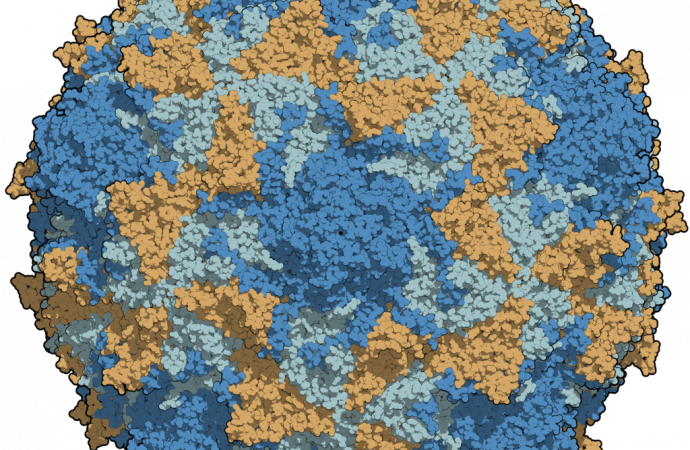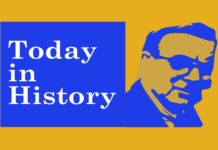On this day, 73 years ago, two scientists from Stanford University, U.S., announced the first successful isolation of the poliovirus.
Hubert Loring, associate professor at Stanford, and Carlton Schwerdt, chemistry research associate, were able to obtain an 80% pure form of the virus, extracted from cotton rats infected with polio.
The discovery was a breakthrough at the time. In 1946, in the United States alone, more than 25,000 cases of poliomyelitis, a highly infectious disease that infected mainly children and often caused paralysis, were reported. Dr Loring, however, cautioned that “the road to a successful vaccine remains long and hard”.
Polio vaccine and eradication
The first polio vaccine was developed in the 1950s by Jonas Salk. After the first year of large scale use of the vaccine, in 1954, the incidence of the disease dropped significantly.
As of today, polio is yet to be eradicated and remains endemic in three countries – Afghanistan, Nigeria and Pakistan.
Sources:
Dauer, C. C. “Incidence of Poliomyelitis in 1946.” Public Health Reports (1896-1970) (1947): 901-909.
Farm Scientists Isolate Polio Virus. (1947, January 13). The Stanford Daily, p. 1. Retrieved from https://stanforddailyarchive.com/cgi-bin/stanford?a=d&d=stanford19470113-01.2.11&e=——-en-20–1–txt-txIN——-# (9 Jan 2020)
Pearce, D. (1947, January 11). Stanford Men Find Polio Virus, Speed Hunt for Vaccine. San Francisco Examiner, pp. 1–8.
Image credit: Malmriv / Wikimedia Commons (CC BY-SA 4.0)
Structural factors that control conformational transitions and serotype specificity in type 3 poliovirus. Filman, D.J., Syed, R., Chow, M., Macadam, A.J., Minor, P.D., Hogle, J.M. (1989) EMBO J. 8: 1567-1579.



